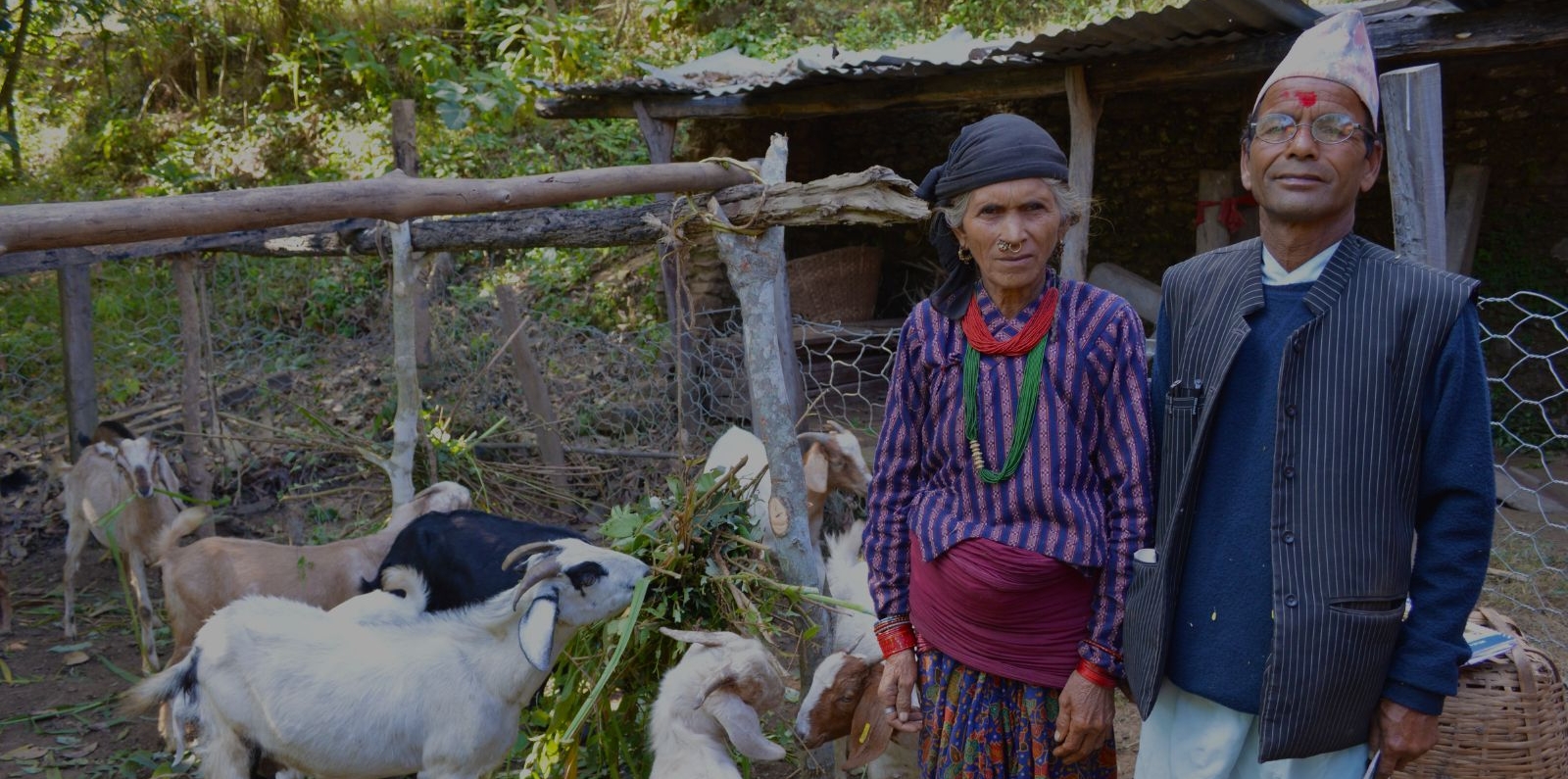About the Project
In the Mid- and Far- West regions of Nepal, 37% of people are below the poverty line compared to the national average of 25.16%, yields of major crops are typically 25% below the national average, and consumption of animal products, such as meat and eggs, is among the lowest in the world. Chronic maternal and child malnutrition is a serious problem, with malnutrition and stunting affecting about half of the nation’s children. The prevalence of hunger is also the highest in the South Asia region – in these remote areas, food availability and access are largely dependent on local production, yet productivity is one of the lowest in the region and barely enough to meet needs. Natural disasters, often triggered by extreme weather events, significantly impact agricultural productivity and livelihoods.
AFSP enhanced the food and nutrition security of vulnerable communities in specific areas of Nepal by increasing food availability and crop and livestock productivity, improving feeding practices, promoting diversified diets, and strengthening feeding and care practices for pregnant and nursing women and children up to two years of age. Further, the project supported nutrition-sensitive agricultural activities, including generating and adapting technology to increase yields and production intensities of nutritious crops and fish for farmers. Specific nutrition activities promoted behavior change through community-based nutrition programs to improve dietary intake.
Country
- Nepal
Project Status
ClosedFunding
Country-led projectSupervising entity
- World Bank
Call Year
2010GAFSP Funding Amount
46.50Project Highlights

poor people reached

new technologies introduced

field trials conducted
Results
The World Bank rated the project as “moderately satisfactory,” noting that it was “satisfactory” in achieving its development objectives.
AFSP exceeded all of its performance targets with the following results:
- Reaching 656,245 poor people (target of 560,000), approximately 603,000 of whom were women (target of 392,000);
- Releasing 30 technologies (target of 29);
- Conducting 6,580 field trials (target of 4,000)
- Producing 583 MT of source seeds (target of 540 MT).
The project reported an increased yield of more than 100 percent for all crops, with paddy at 180 percent, wheat at 124 percent, maize at 122 percent, potato at 112 percent, goat meat at 105 percent, eggs at 251 percent, and milk (cow and buffalo) at 111 percent. Improved dietary intake among women and children yielded similar results, with 89 percent of pregnant/nursing women meeting the minimum required animal protein intake against a baseline of 56 percent), 78 percent of pregnant/nursing women meeting the required fruit and vegetable intake against a baseline of 57 percent, and 80 percent of children ages 6–24 months meeting the infant and young child feeding indicators against a baseline of 42 percent.
Lessons Learned
In the context of countries like Nepal, projects should target rural women as a priority on two counts. First, men are migrating out of the country and women need to replace them. Second, for some tasks, women are more productive than men. AFSP’s strong focus on women farmers contributed to high productivity increases, especially for livestock production. Given this, more women should have been engaged in implementing and managing the various activities. Further, to be climate resilient, production systems must consider local circumstances and be rooted in the social fabric at the grassroots level. Future operations should develop a clear, forward-looking plan to ensure the sustainability of farmers’ and women’s groups and of activities that may have relied too heavily on the distribution of external and costly inputs and equipment.
Contact
GAFSP Coordination Unit
gafsp-info@gafspfund.org
